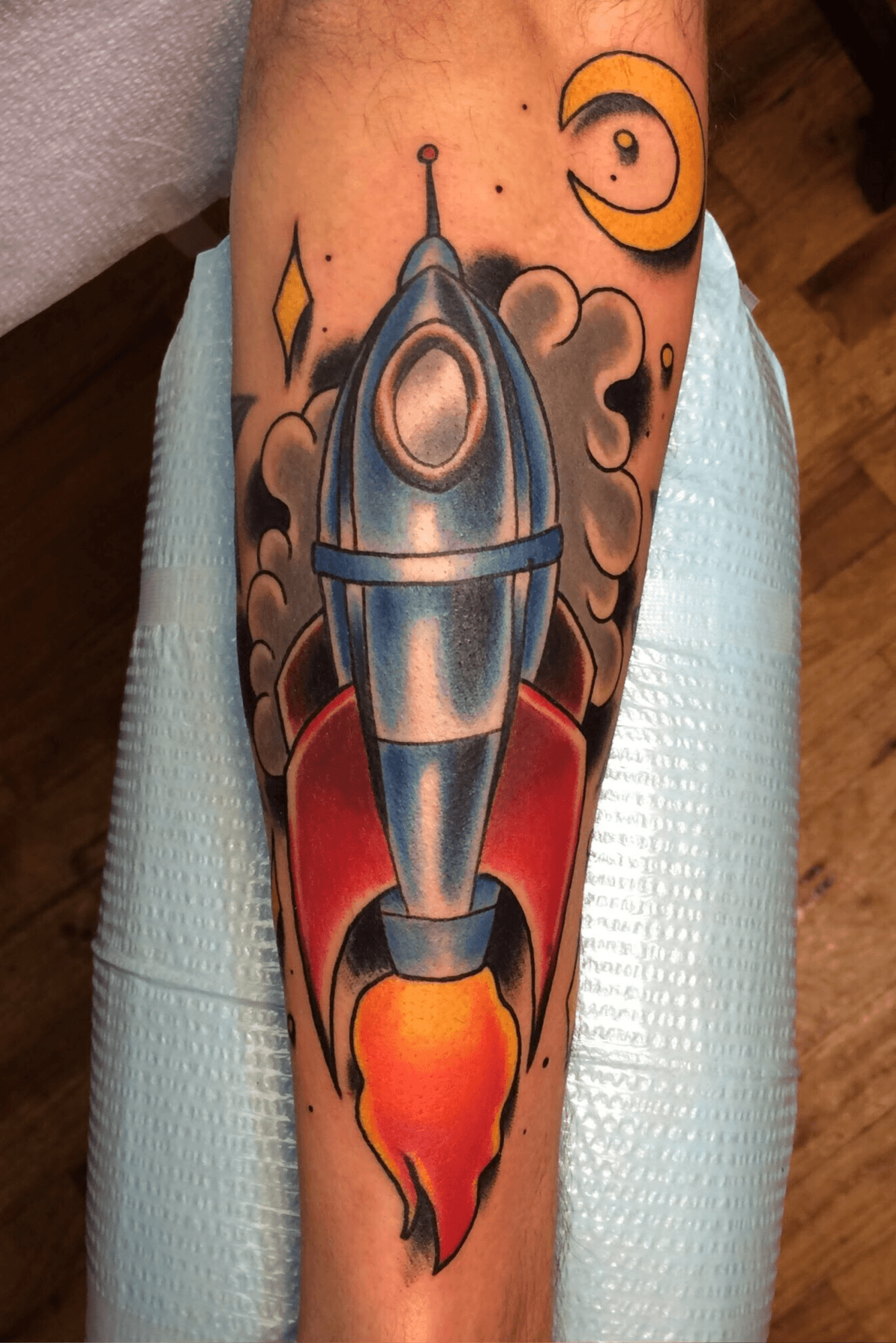
These tattoos are thought to have been worn by a priestess to honor Hathor who, among her many duties, was also goddess of fertility. Although the precise meanings of ancient Egyptian tattoos may be unclear, it seems evident that they had an array of implications and that women of many different social classes chose to wear them.

Even in the modern-day "progressive" society, these ancient tattoos continue to be associated broadly with lower class members of society just as they were in the 19th century CE. This understanding still carried with it a sense of eroticism and sexuality, however, which a present-day sensibility cannot seem to include in the definition of a priestess. And although it has long been assumed that such tattoos were the mark of prostitutes or were meant to protect the women against sexually transmitted diseases, I personally believe that the tattooing of ancient Egyptian women had a therapeutic role and functioned as a permanent form of amulet during the very difficult time of pregnancy and birth (1).Īs more evidence came to light of tattooed women who were obviously priestesses and members of the court, the interpretation of "low class" tattooed women was somewhat revised to include the concept of cultic tattoos identifying a woman with the worship of Hathor. In these cultures both men and women were tattooed but, in Egypt, tattoos were seemingly only worn by women though possibly for many of the same reasons.īecause this seemed to be an exclusively female practice in ancient Egypt, mummies found with tattoos were usually dismissed by the (male) excavators who seemed to assume the women were of "dubious status," described in some cases as "dancing girls." The female mummies had nevertheless been buried at Deir el-Bahari (opposite modern Luxor) in an area associated with royal and elite burials, and we know that at least one of the women described as "probably a royal concubine" was actually a high-status priestess named Amunet, as revealed by her funerary inscriptions. In ancient cultures such as Greece and Rome the tattoo was worn as a cultic symbol dedicating one to a certain god, as a brand symbolizing servitude, as a mark of a certain type of profession (such as a prostitute) or to encourage fertility or afford protection.

The art of tattooing goes back millenia, however, and was practiced in ancient Egypt at least as early as the Middle Kingdom (2040-1782 BCE). The word "tattoo" comes from the Polynesian Ta meaning "to strike" which evolved into the Tahitian word tatau meaning "to mark something" and so tattoos have come to be associated in the modern day with Polynesia. These tattoos have been interpreted as therapeutic in nature, alleviating some condition he may have had, but certainly could also have served other purposes. Otzi's body has 61 tattoos covering him from his lower legs to his upper back, torso, and left wrist. One of the earliest (and possibly the oldest) pattern of tattoos in the world was discovered on the frozen remains of the man known as Otzi the Iceman who was buried in a glacier on the Austrian-Italian border c.

Tattoos are an ancient form of art appearing in various cultures throughout history.


 0 kommentar(er)
0 kommentar(er)
